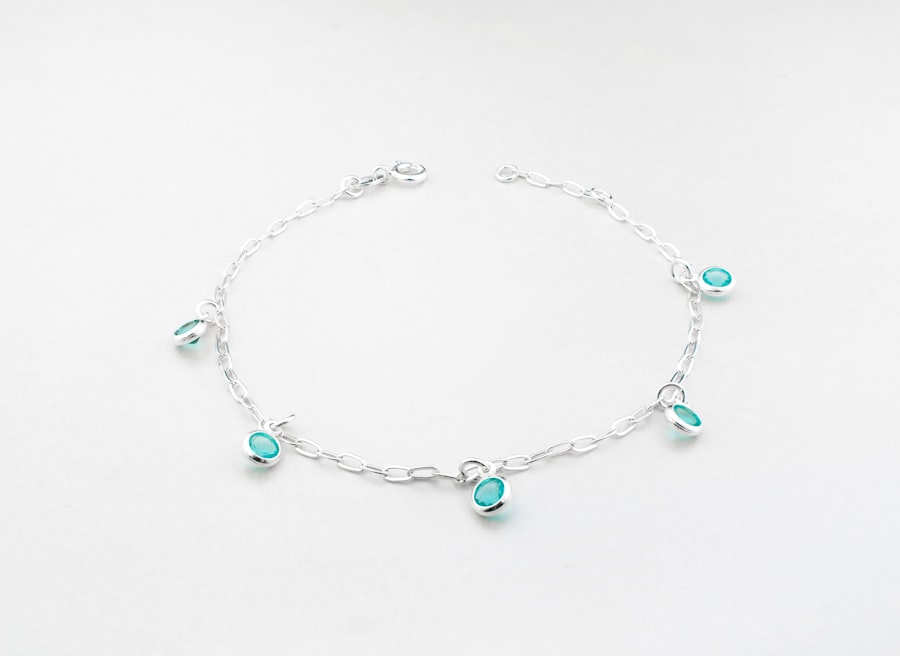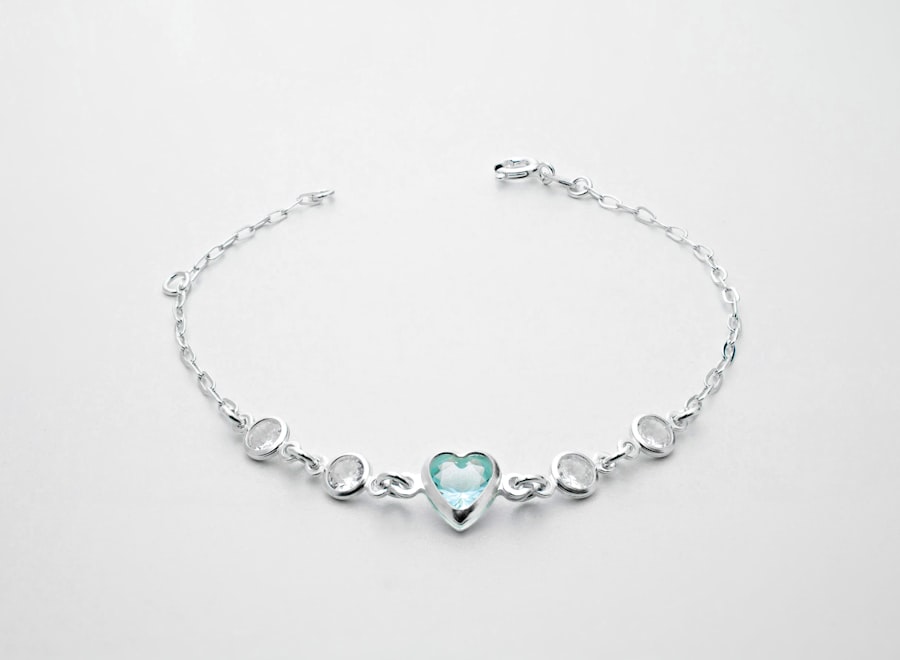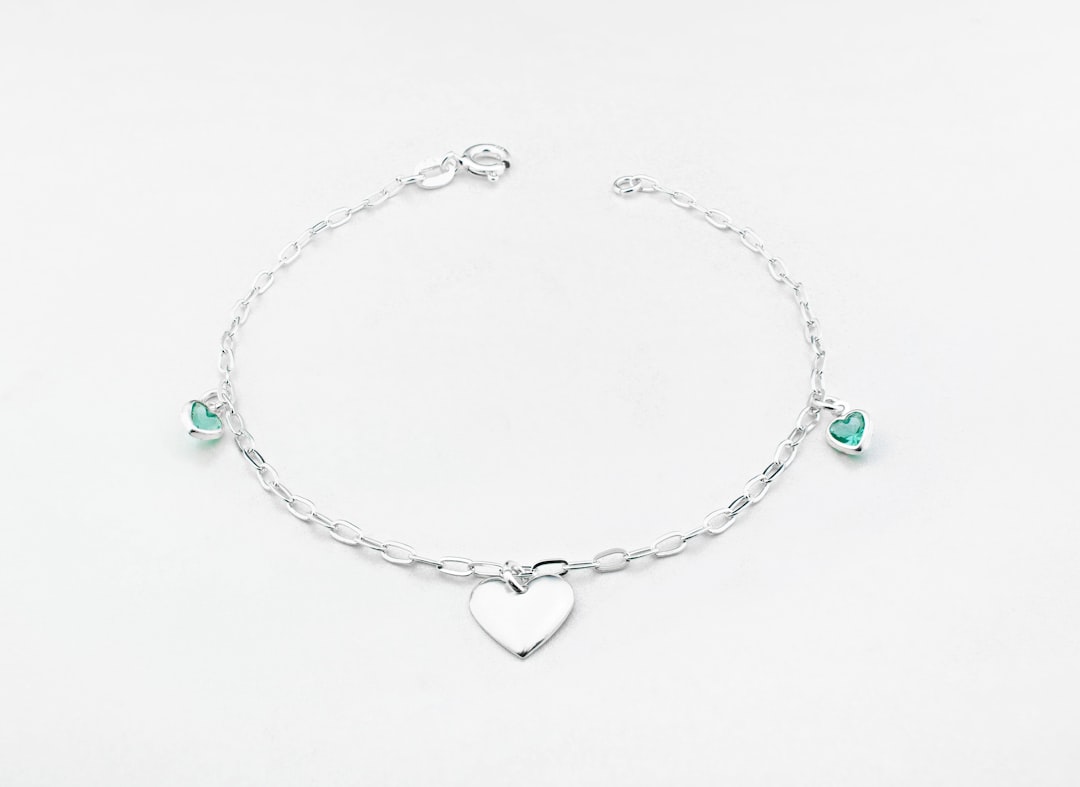The Tree of Life is a powerful symbol that has roots in various cultures and traditions around the world. Its origins can be traced back to ancient civilizations, where it often represented the interconnectedness of all life forms. In many mythologies, the Tree of Life is depicted as a central figure in creation stories, symbolizing the connection between heaven and earth.
For instance, in Mesopotamian mythology, the tree was associated with the gods and was believed to grant immortality. Similarly, in Norse mythology, Yggdrasil, the World Tree, connects the nine realms and serves as a cosmic axis, illustrating the profound significance of trees in understanding existence. In addition to its mythological roots, the Tree of Life has also been a prominent symbol in religious texts.
In Christianity, it appears in the Book of Genesis as part of the Garden of Eden narrative, representing divine knowledge and eternal life. The symbolism extends to other religions as well; for example, in Kabbalistic teachings within Judaism, the Tree of Life represents the structure of creation and the path to spiritual enlightenment. This multifaceted nature of the Tree of Life highlights its universal appeal and enduring relevance across different cultures and epochs.
Key Takeaways
- The Tree of Life symbol has origins in various cultures and religions, including ancient Egypt, Norse mythology, and the Kabbalah.
- The Tree of Life holds cultural and spiritual significance as a representation of connection, growth, and the interconnection of all life.
- The Tree of Life pendant is often interpreted as a symbol of personal growth, strength, and the interconnectedness of all living things.
- Modern interpretations of the Tree of Life pendant include using it as a fashion statement, a reminder of personal growth, and a symbol of environmental awareness.
- Tree of Life pendants are made from a variety of materials, including sterling silver, gold, and gemstones, and come in various designs such as intricate metalwork and colorful enamel.
Cultural and Spiritual Significance of the Tree of Life
Indigenous Cultures and the Tree of Life
In Native American tradition, the tree is often viewed as a symbol of life and renewal, with ceremonies centered around trees to honor their role in sustaining life. Similarly, in various African cultures, the tree is associated with ancestry and lineage, serving as a metaphor for family trees that connect generations.
Spiritual Significance of the Tree of Life
Spiritually, the Tree of Life serves as a reminder of our interconnectedness with nature and each other. It symbolizes personal growth and transformation, encouraging individuals to nurture their roots while reaching for higher aspirations.
Meditation and the Tree of Life
In many spiritual practices, meditating on the Tree of Life can foster a sense of grounding and connection to the universe. This spiritual dimension is particularly evident in practices such as yoga and mindfulness, where the tree is often used as a metaphor for stability and balance in one’s life journey.
Symbolism and Interpretations of the Tree of Life Pendant

The Tree of Life pendant carries rich symbolism that resonates with many individuals seeking meaning in their lives. At its core, the pendant represents growth, strength, and a deep connection to one’s roots.
This duality makes the pendant an ideal representation for those who wish to honor their past while striving for future achievements. Moreover, interpretations of the Tree of Life pendant can vary based on personal beliefs and experiences. For some, it may symbolize family unity and support, serving as a reminder of loved ones who have shaped their identity.
For others, it may represent personal development and spiritual awakening, encouraging them to embrace change and transformation. The versatility of this symbol allows individuals to imbue it with their unique narratives, making it a deeply personal piece of jewelry.
Modern Interpretations and Uses of the Tree of Life Pendant
| Modern Interpretations and Uses of the Tree of Life Pendant | |
|---|---|
| Symbolism | Represents connection to the earth, growth, and strength |
| Materials | Available in various metals such as sterling silver, gold, and copper |
| Meaning | Often worn as a symbol of personal growth, family, and interconnectedness |
| Popular in Jewelry | Commonly used in necklaces, bracelets, and earrings |
| Spiritual Significance | Associated with various spiritual and religious beliefs |
In contemporary society, the Tree of Life pendant has evolved into a popular accessory that transcends mere fashion. It is often worn as a statement piece that reflects one’s values and beliefs. Many people choose to wear it as a daily reminder of their commitment to personal growth or as an emblem of their connection to nature.
The pendant has also found its place in various wellness practices; for instance, it is frequently used in yoga classes or meditation sessions to enhance focus and mindfulness. Additionally, the Tree of Life pendant has become a popular gift choice for significant life events such as graduations, weddings, or births. Its symbolism resonates with themes of new beginnings and transitions, making it an ideal token for celebrating milestones.
In this context, gifting a Tree of Life pendant can convey heartfelt wishes for growth and prosperity in the recipient’s journey through life.
Materials and Designs of Tree of Life Pendants
The materials used in crafting Tree of Life pendants are as diverse as their meanings. Commonly made from metals such as silver or gold, these pendants can also incorporate natural elements like wood or gemstones. Each material carries its own significance; for example, silver is often associated with intuition and emotional balance, while gold symbolizes wealth and prosperity.
Gemstones like amethyst or turquoise may be included for their healing properties or aesthetic appeal. Designs can range from intricate filigree work to minimalist representations, allowing individuals to choose a style that resonates with their personal taste. Some pendants feature detailed engravings that depict leaves or branches in elaborate patterns, while others may adopt a more abstract approach.
The choice of design often reflects an individual’s personality or spiritual beliefs, making each pendant unique in its expression.
Choosing the Right Tree of Life Pendant for You

Reflecting on the Symbol’s Meaning
When choosing a pendant, it’s essential to reflect on what aspects of the Tree of Life symbol resonate most deeply with you. Is it the representation of family connections, personal growth, or spiritual enlightenment? This introspection can guide you toward a design that feels authentic to your journey and personal experiences.
Practical Considerations
In addition to the symbolic meaning, practical considerations such as size and material should also be taken into account. A larger pendant can serve as a bold statement piece, while a smaller one might be more suitable for everyday wear. The choice between metal types or incorporating gemstones can also influence how you connect with the pendant on an emotional level.
Enhancing the Pendant’s Significance
Ultimately, finding a pendant that aligns with both your personal style and deeper meaning can enhance its significance in your life. By considering both aesthetic preferences and personal significance, you can find a Tree of Life pendant that becomes a meaningful and lasting symbol of your values and beliefs.
Caring for and Maintaining Your Tree of Life Pendant
Proper care and maintenance are essential for preserving the beauty and integrity of your Tree of Life pendant over time. Depending on the materials used—be it metal or gemstone—different cleaning methods may be required. For metal pendants, regular polishing with a soft cloth can help remove tarnish and maintain shine.
It is advisable to store them in a dry place away from direct sunlight to prevent discoloration or damage. For pendants that incorporate gemstones or natural materials like wood, extra caution is necessary. Gemstones may require specific cleaning solutions or gentle washing with water to avoid scratching or dulling their surface.
Wooden elements should be kept away from moisture to prevent warping or decay. By taking these steps to care for your pendant, you ensure that it remains a cherished piece for years to come.
Giving and Receiving Tree of Life Pendants as Gifts
The act of giving or receiving a Tree of Life pendant carries profound emotional weight. When gifted, it often symbolizes love, support, and encouragement for personal growth. Whether given during significant life events or simply as tokens of appreciation, these pendants can serve as lasting reminders of cherished relationships.
The act itself becomes imbued with meaning; each time the recipient wears it, they are reminded not only of the gift but also of the bond shared with the giver. For those receiving such a gift, it can evoke feelings of gratitude and connection to their own journey.
In this way, Tree of Life pendants transcend mere adornment; they become vessels for shared experiences and emotional connections that enrich our lives.
FAQs
What is a tree of life pendant?
A tree of life pendant is a piece of jewelry that features a design resembling a tree with branches and roots. It is often symbolic of the interconnectedness of all living things and is a popular motif in various cultures and spiritual traditions.
What materials are tree of life pendants made from?
Tree of life pendants can be made from a variety of materials, including sterling silver, gold, brass, copper, and various gemstones. They may also incorporate other materials such as wood or resin.
What is the significance of a tree of life pendant?
The tree of life is a symbol that represents growth, strength, and interconnectedness. It is often associated with themes of family, ancestry, and the cycle of life. Wearing a tree of life pendant can serve as a reminder of these concepts and can hold personal significance for the wearer.
How are tree of life pendants worn?
Tree of life pendants are typically worn as necklaces, either on a chain or a cord. They can be worn as a standalone piece or layered with other necklaces for a more personalized look.
Are tree of life pendants suitable for men and women?
Yes, tree of life pendants are suitable for both men and women. The design is often unisex and can be worn by anyone who appreciates its symbolism and aesthetic appeal.

